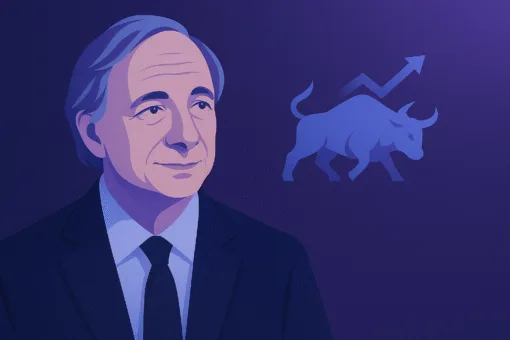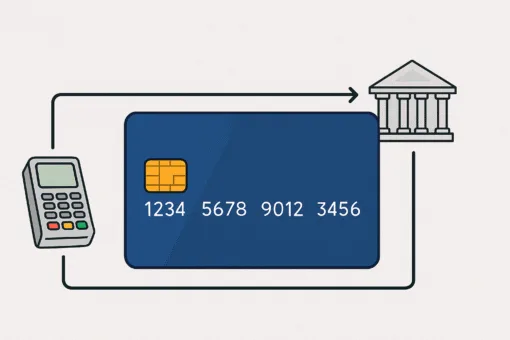KPMG UK has recently shared insights into the latest inflation data, highlighting its potential impact on interest rates. According to the Chief Economist at KPMG UK, Yael Selfin, the unchanged inflation rate ensures that an interest rate cut remains a possibility for this year.
The unaltered inflation rate is a critical factor in the potential for a rate cut. When inflation is steady, central banks often consider reducing interest rates to stimulate economic growth. This is because lower interest rates can encourage borrowing and investment, driving economic activity.
However, the decision to cut rates is not a simple one. Central banks must balance the benefits of stimulating the economy against the risks of triggering higher inflation in the future. Therefore, the unchanged inflation rate provides some degree of certainty for policy makers.
Interpreting the Data
According to Selfin, the recent data provides some clarity but does not guarantee a rate cut. The decision will depend on a variety of factors, including economic growth, employment levels, and international economic conditions.
While the unchanged inflation rate does give some assurance that a rate cut could occur, it’s important to note that this does not guarantee it will happen. The decision to reduce interest rates is complex and depends on many factors beyond inflation. For example, if economic growth is strong and unemployment is low, a rate cut may not be necessary.
Moreover, international economic conditions can also impact the decision. If other major economies are experiencing economic downturns or high inflation, it may discourage a rate cut. Conversely, if other economies are performing well, it could encourage a reduction in rates.
This analysis by KPMG UK provides valuable insights into the potential for an interest rate cut this year. However, as with any economic forecast, it is based on current data and conditions. The actual decision will depend on a variety of factors, many of which are subject to change.














